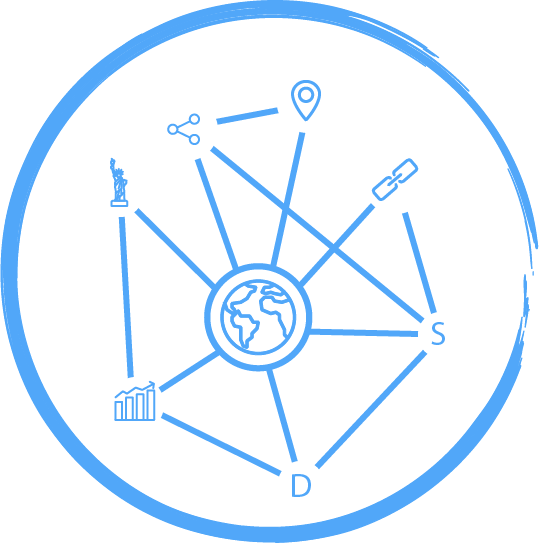Data Visualization with matplotlib and seaborn for Everyone
Summary
As David McCandless famously said “Information Visualization is a form of knowledge compression”. In particular, it is a way of compressing information in a visual way that can be easily and correctlyinterpreted by the visual system in our brains.
In this tutorial we will discuss the way in which our eyes and visual cortex process colors and shapes and how we may use it to our advantage. Ideas and concepts will be presented in an intuitive and practical way while providing references for the more technical descriptions and explanations available in the relevant scientific literature.
Matplotlib is the workhorse of visualization in Python and underlies all other major Python visualization packages and it it particularly well integrated into the Jupyter ecosystem. Mastering it is a fundamental requirement to be proficient in python data visualization. Seaborn, on the other hand, is a more recent package that builds on top of matplotlib and simplifies it for some of the most common use cases, making it more productive. We will cover both tools through practical examples and highlight the main differences and advantages of each one.
Program
Human Perception
Color Theory
Human Vision
Fundamental Principles of Analytical design
Fundamental tools of visualization
Advantages and disadvantage of different chart types:
Scatter plots
Line charts
Bar charts
Pie charts
Bubble plots
Pie charts
Images
Matplotlib general concepts and philosophies
Seaborn API
Differences between Matplotlib and Seaborn
Matplotlib and Seaborn
Previous Editions
Nov 12, 2020 - https://learning.oreilly.com/live-training/courses/data-visualization-with-matplotlib-and-seaborn-for-everyone/0636920466147/
Jun 01, 2020 - https://learning.oreilly.com/live-training/courses/data-visualization-with-matplotlib-and-seaborn-for-everyone/0636920399469/
Mar 09, 2020 - https://learning.oreilly.com/live-training/courses/data-visualization-with-matplotlib-and-seaborn/0636920374237/
Dec 04, 2019 - https://learning.oreilly.com/live-training/courses/data-visualization-with-matplotlib-and-seaborn/0636920325444/
Aug 09, 2019 - https://learning.oreilly.com/live-training/courses/data-visualization-with-matplotlib-and-seaborn/0636920307471/
Jun 04, 2019 - https://learning.oreilly.com/live-training/courses/data-visualization-with-matplotlib-and-seaborn/0636920274582/
Aug 22, 2018 - JupyterCon - https://learning.oreilly.com/videos/jupytercon-new-york/9781492025818/9781492025818-video322483

